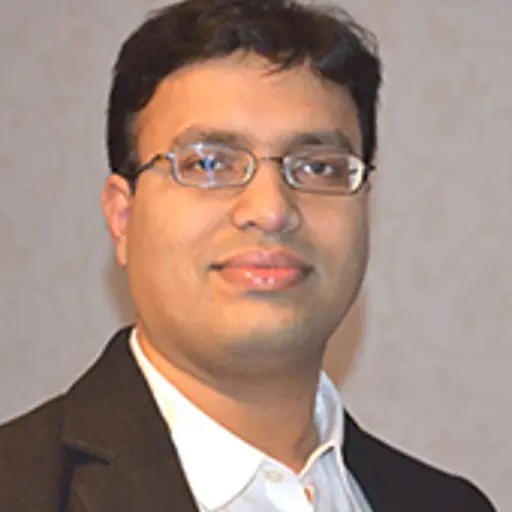Welcome to a seminar with Prasana Kumar Sahoo, Quantum Materials & Device Research Lab (QMDrL), Materials Science Centre, Indian Institute of Technology Kharagpur
Overview
- Date:Starts 19 June 2023, 13:30Ends 19 June 2023, 14:30
- Location:C511/h-bar, MC2
- Language:English
Atomically thin layered materials such as graphene and transition metal dichalcogenides (TMDs) have opened a new and rich field with exotic physical properties and exciting potential applications in the “flatland”.1-9 There are enormous possibilities in combining diverse 2D materials for the unique design of ultra-smart and flexible optoelectronic devices, including transistors, light-emitting diodes, photovoltaics, photodetectors, and quantum emitters. Considerable efforts have been devoted to the van der Waals hetero-integration of different 2D layered materials to form vertical superlattices by transferring their exfoliated or as-grown flakes. On the other hand, lateral heterostructure is possible only via direct growth, which can offer exciting opportunities for engineering the formation, confinement, and transport of electrons, holes, exciton, phonon, and polariton. Unlike vertical heterostructures, lateral heterostructures can be fabricated only via direct growth. Furthermore, the performance of most 2D heterostructure-based devices falls far below the predicted values owing to several intrinsic and extrinsic factors. These significant issues will be discussed.
We reported the direct fabrication of seamless, high-quality TMDs lateral heterostructures and superlattices in the chemical-vapor-deposition process, only changing the reactive gas environment in the presence of water vapor.2-5 Our novel approach offers greater flexibility for the continuous growth of multi-junction TMDs lateral heterostructures, controlled 1D interfaces, alloying, and layer numbers. The extent of the spatial modulation of individual TMD domains and their optical and electronic transition characteristics across the heterojunctions are studied in detail. Electrical transport measurements revealed diode-like responses across the 2D lateral junctions, promising for electroluminescence at room temperature.2-3 Using photon energy-resolved photoconductivity mapping, long-term carrier accumulation in MoS2-WS2 lateral heterostructures was observed.5 At the onset of photo-excitation, local carrier density was increased by two orders of magnitude and persisted for up to several days. Temperature-dependent photoluminescence from neutral exciton, trion, and defect-bound exciton provides a better understanding of the optical properties of these as-grown 2D lateral heterostructures. These studies will further supplement the quantitative evaluation of the optical properties of various 2D heterostructures to develop more complex and atomically thin superlattices and exotic devices.
References:
[1] P. K. Sahoo et al., Nature, 553, 63–67 (2018)
[2] P. K. Sahoo et al., ACS Nano 13, 12372 (2019)
[3] F. Nugera et al. Small 2106600, 1 (2022).
[4] S. Chakraborty et al. iScience (2022)
[5] Berweger et al. ACS Nano 14, 14080 (2020)
[6] Ambardar et al. Nanoscale, 14, 8050 (2022)
[7] Sousa et al. 2D Matererial 8, 035051 (2021)
[8] Stevens et al., Nature Comm. 9, 3720 (2018)
[9] Trushin et al. Phy. Rev. Lett. 125, 086803 (2020)
Dr. P. K. Sahoo is an experimental condensed matter physicist with broad experience studying different low-dimensional materials. He obtained a Ph.D. in Physics from Homi Bhabha National Institute (HBNI)- a grant-in-aided institute of the Department of Atomic Energy, Govt. of India. He spent several years at the State University of Campinas, Brazil; University of South Florida, USA; and the University of Cambridge, UK, before holding the position at the Materials Science Centre, IIT Kharagpur. Dr. Sahoo’s work covered various areas of semiconductors, including 2D materials and heterostructures (graphene and beyond), group III-V-based semiconductor nanowires, and sensors. His current research focuses on exploring and understanding exotic 2D materials and their heterostructures, which have fundamental and a wide range of technological implications for future optoelectronics. He exploits a combination of materials synthesis, heterostructuring, spectroscopic characterization, and device fabrication for physicochemical properties assessment.
